How did the young researchers get here? (ctd)
BLOG: Heidelberg Laureate Forum

My first quest for the paths that brought young researchers to the Heidelberg Laureate Forum already showed certain common factors – inspiring teachers in high school and/or university, inspiring books among them – but my second round of interviews today had some interesting facets to add.
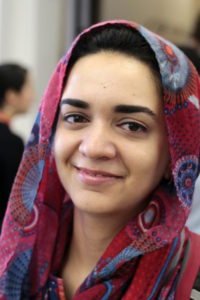
Haniya Azam from Pakistan, for example, did not have access to a suitable library when her interest in mathematics first started, but she did have access to the internet. While the web helped her to find out more about various interesting mathematical concepts, that seems to have been more of an aggregrate effect – no single website stood out above the rest, she says. (I wonder whether that will turn out to be a key difference between those inspired by books and those getting their fill of mathematics online.)
Teachers had a role in Haniya’s life, as well – although not always a positive role. Most teachers she came in contact with were of the kind that “make you run away” from mathematics. Not so Mr. Rauf in 11th grade. Even before that time, Haniya had been convinced that math was cool, but thought that it was “not for [her]”. (Math is difficult to understand, she argues, how could it have been anything but cool? But, not for everybody.) Mr. Rauf convinced her that maths was for her, indeed – and looking back on her university career in Lahore, including a PhD, and on her current research on configuration spaces, it is clear that Mr. Rauf was right.
Teachers above and beyond the ordinary
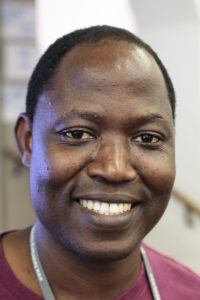
Some teachers go that extra mile to foster remarkable students. For Hammed Praise Adeyemo, a Nigerian mathematician, the teacher in question was Mr. Olajire, who would gather particularly promising students and give them mathematical problems to solve (coming in at 6:30 before regular high school classes began at 8:30). The effort certainly paid off for Hammed, who is now working in algebraic geometry as a post-doctoral researcher at the University of Toronto.
HLF 2016’s biggest role model?
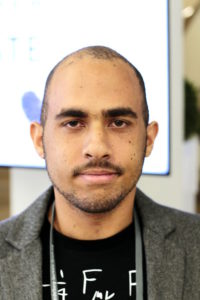
This is not a systematic study by any means, but from my conversations so far, it would seem that Sir Andrew Wiles is a hot contender for the title of HLF 2016’s biggest role model. His long and, eventually, successful search for the proof of Fermat’s Last Theorem, chronicled (among other places) in Simon Singh’s bestselling book and a related BBC Horizons programme, inspired two of the young researchers I talked to today: For Dominic Mills-Howell from Jamaica, who was studying actuarial science at the University of the West Indies at the time, the BBC programme triggered a near-immediate switch to a mathematics major. By now, Dominic is working in mathematical physics, and has just completed a stay at the particle physics center CERN on the Swiss-French border.
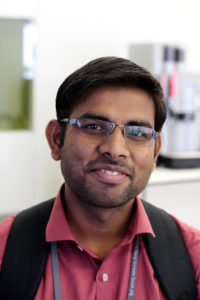
While Dominic is still waiting for a chance to meet, and talk to, Wiles, Jitendra Rathore from India has already had that chance – albeit briefly. For Jitendra, the story of Wiles’ research was in marked contrast to the way he was learning mathematics in high school, solving problems mechanically, by recipe. He was particularly impressed with the contrast between the simplicity of Fermat’s Last Theorem and the long time it took to solve it – surely a sentiment shared by many who’ve heard the story.
The applied path
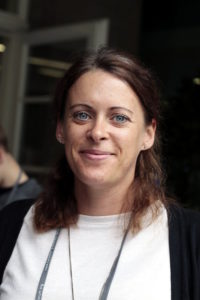
I have so far focused on mathematics, but HLF is a meeting for computer scientists as well. That adds an even greater diversity of career paths, as the case of Britta Meixner from Germany. Even in high school, Britta liked the applied side of mathematics: solving problems, and finding things out. When a string of internships somehow always ended with her servicing/helping with/repairing on-site computers, she took the hint: computers were definitely where one of her talents was at. She remained true to applications, though, choosing not to study at a university, but instead to undergo vocational training as a computer specialist. (Germany is deservedly proud of its system of vocational training, which can trace back its lineage to the craft guilds of old.) In her case, though, positions in industry, specializing in multimedia and hypermedia applications, did eventually lead Britta back to university, where she completed both a diploma in computer science, a teacher’s qualification, and eventually a PhD – setting her on her present trajectory that has her passing through HLF this week.

